Planting new sod with a few tricky problems to overcome
funkyamazon
11 years ago
Related Stories

GARDENING GUIDESHow to Plant a New Lawn From Sod
Take the quick-start route to turf with sod; these installation guidelines will help ensure a healthy and long-lasting lawn
Full Story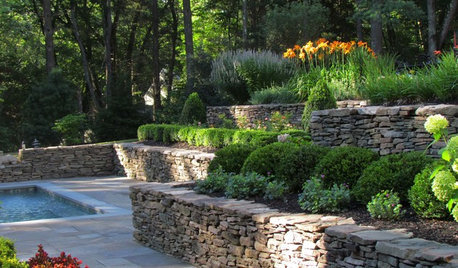
GARDENING AND LANDSCAPINGStep Up Your Garden Game With Terraced Plantings
We're going to level with you: Slopes in the landscape can be tricky. Use these ideas to create balance and harmony in your terraced beds
Full Story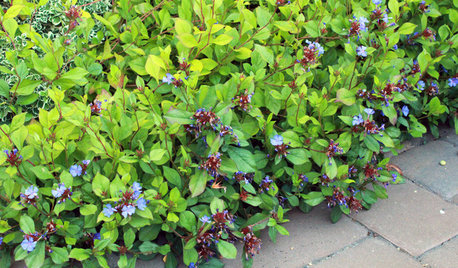
GARDENING GUIDESGreat Design Plant: Plumbago
A multifacted ground cover with an enormous range, plumbago solves landscape problems with panache
Full Story
LANDSCAPE DESIGNThe 7 Best Plant Types for Creating Privacy and How to Use Them
Follow these tips for using different kinds of plants as living privacy screens
Full Story
FLOWERSRudbeckia Mania: Go Beyond Black-Eyed Susan in the Garden
Branch out from typical nursery fare, with lesser-known Rudbeckia species that have delightfully unexpected features
Full Story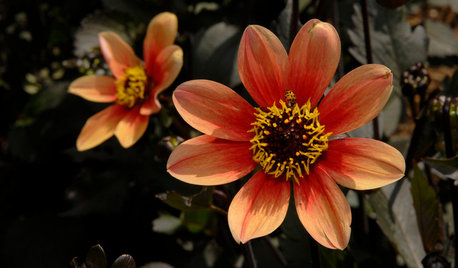
FLOWERSGreat Design Plant: Dahlias
Pick this flamboyant stunner for its amazing array of colors and faces, fast growth and sizes that can fill a pot or a whole garden
Full Story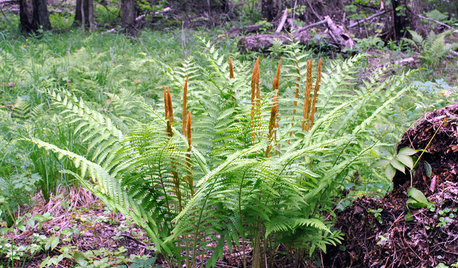
GARDENING GUIDESGreat Design Plant: Osmunda Cinnamomea
Cinnamon fern brings spring interest and summer cool to the shade garden
Full Story
TREES7 Deer-Resistant Flowering Trees to Plant this Fall
If you live in a neighborhood with roaming deer, consider these beautiful trees that won't tempt hungry guests
Full Story
HOUSEPLANTS8 Essentials for Healthy Indoor Plants
Houseplants add so much to our homes — and can thrive when grown in the right conditions. Keep these tips in mind
Full Story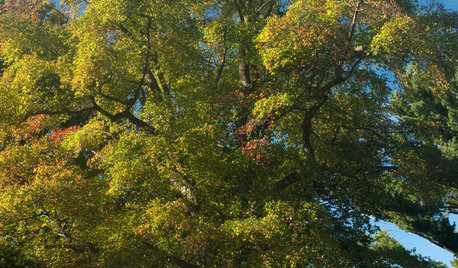
TREESGreat Design Plant: Nyssa Sylvatica
The black gum tree tolerates moist soil and provides many years of beautiful foliage, from summer to fall
Full StorySponsored






Kimmsr
funkyamazonOriginal Author
Related Professionals
Maple Heights Landscape Architects & Landscape Designers · Billerica Landscape Contractors · Avocado Heights Landscape Contractors · Arlington Landscape Contractors · Clearlake Landscape Contractors · Gloucester Landscape Contractors · Lemoore Landscape Contractors · South Lyon Landscape Contractors · Streamwood Landscape Contractors · Wheat Ridge Landscape Contractors · Missouri City Swimming Pool Builders · Lake Zurich Fence Contractors · Los Angeles Fence Contractors · San Mateo Fence Contractors · Winter Park Fence ContractorsfunkyamazonOriginal Author
Kimmsr
funkyamazonOriginal Author
Kimmsr
dchall_san_antonio
watchnerd